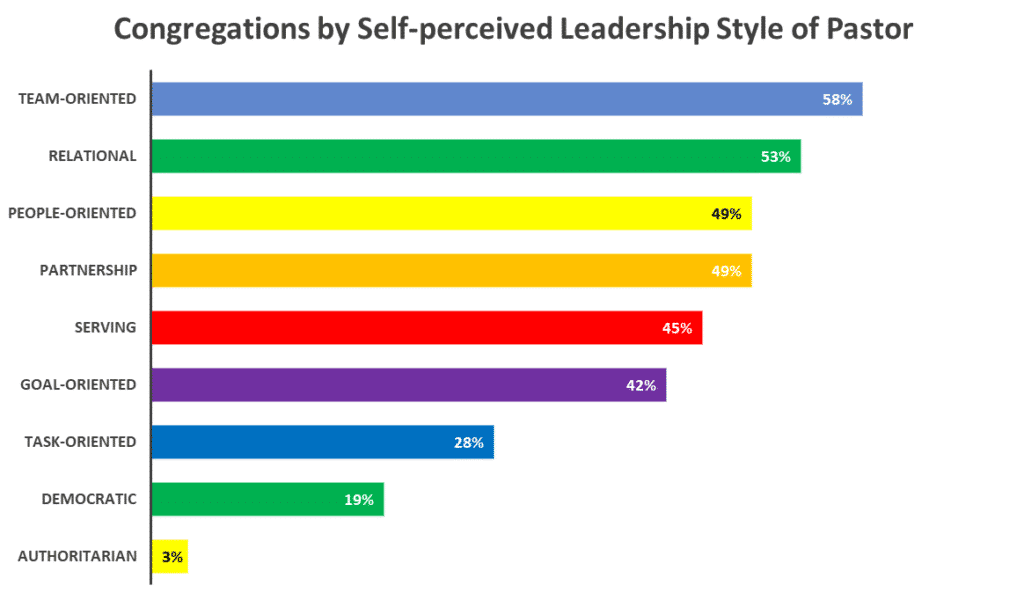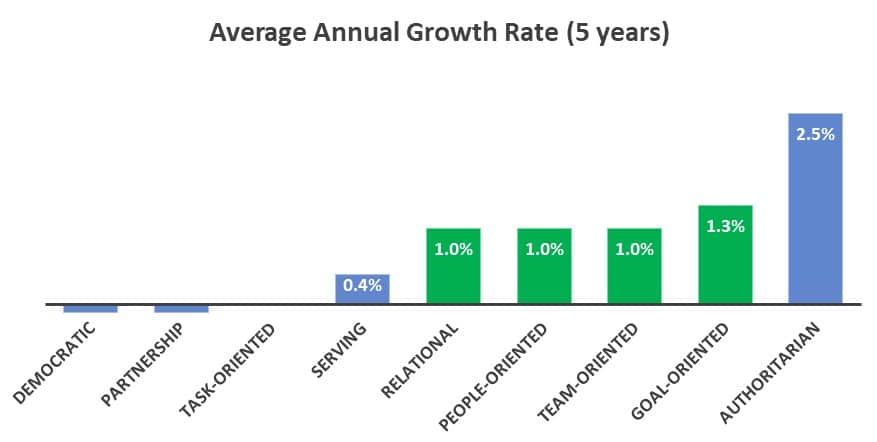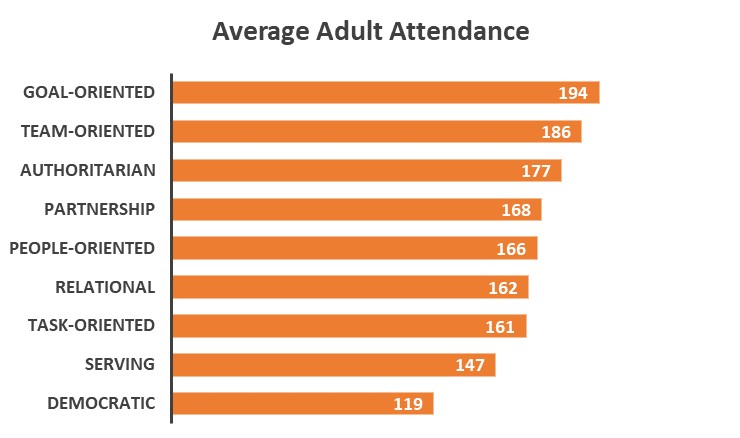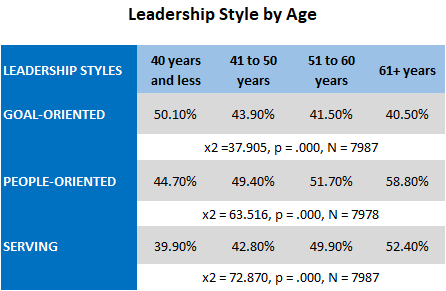Leadership style varies among leaders of all types, and pastors are not an exception. Here are some examples, you may recognize yourself or your pastor in these snapshots.
Fred is a pastor of a small, country church. He is chair of the church board, as well as the only person on staff. He takes care of mowing the lawn in the summer, shoveling snow in the winter, and everything in between. When a decision is needed, church members come to Fred, and he makes the ultimate call.
John is a young, energetic pastor in a prestigious church. He has a clear five-year plan, including a road map, if you will, to help him and his congregation achieve those goals. Every member of the body can explain the church’s mission and goals when asked–a fact in which John takes great pride!
Thomas is a pastor in an urban church. He likes to say his mission is “all about the people.” He encourages his church members to follow suit and thus, his church is very strong in the aspect of community. Thomas likes to listen to his members before making any decision–no matter how large or small.
When you compare these three leaders, which of them do you think is the most successful? Which of their leadership styles is most beneficial for church health and growth?
A recent study by Natural Church Development (NCD) examined different pastoral leadership styles and their impact on congregations; this data was collected through congregational surveys on a wide spectrum of Christian denominations that included Adventists.((This data was collected from churches of different Christian denominations across the United States from 2008 to 2018. Out of the 10,590 congregation profiles, 970 were Adventists. Further research continues to be conducted by NCD to confirm the findings in this study.)) While this research is not exclusively Adventist, it may well be valuable for Adventist leadership.
Each congregational survey included what is called a “Pastor’s Form,” to be filled out by the senior pastor or, in the absence of a pastor, by the facilitator of the survey such as a member of the church leadership. The pastors are asked to self-identify their leadership style, answering the question, “My leadership style can be best described as . . .” Pastors were asked to self-identify their leadership style, without reference to a theoretical definition of each style. The most commonly identified styles were: team-oriented leadership (58%), relational leadership (53%), partnership leadership (49%), and people-oriented leadership (49%).
Leadership Style

Interestingly, when the five-year average annual growth rate (AAGR) of the churches was analyzed in conjunction with the leadership type, churches with goal-oriented leadership saw an average growth rate of 1.3%, while relational, people-oriented, and team-oriented all experienced a 1.0% growth rate. Democratic and partnership leadership saw negative growth (i.e., lost members). Thus, we can see that goal-oriented, relational, people-oriented, and team-oriented leadership styles all lead to the most positive church growth.(Numbers for the authoritarian leadership style were omitted from analysis due to a large margin of error))
Congregational Growth by Leadership Style

Goal-oriented leaders were reported to lead churches with the largest average adult attendance (194 adults). Churches with team-oriented (185 adults) leaders also reported strong attendance. Churches with democratic leadership reported–by far–the lowest weekly adult attendance (119 adults). The cause of this may perhaps be that there are two trends in leadership: the first trend is for leaders to follow the example set forth in Ephesians 4:12-16 and focuses on “equipping the saints.” The other trend aligns more with today’s culture and is more pragmatic and/or concerned with pleasing others.
Congregational Size by Leadership Style

There also appears to be a statistically significant correlation between pastoral age and some leadership types. When the leadership styles of pastors were cross-tabulated by age, trends emerged in the goal-oriented, people-oriented, and serving styles.((The remaining correlations were not statistically significant, as the probability of error was too high)) This data would indicate that with age, pastors move to more energy-conserving ministry, becoming more focused on people and fulfilling their needs than the goal-oriented style of younger pastors focused also on equipping and training.
Leadership Style by Age

In our previous blog, we shared data from the Global Church Member Survey on the reported attendance and size of Adventist churches. Obviously, different sizes require different leadership styles. How can the information presented in these two blogs help your congregation(s) and pastors grow?
Pastors and other church leaders must remember that their guidance has a huge impact on members and congregations alike. If they are strong in some leadership areas, other members of their leadership teams may compensate or help them grow in their weak areas.
While working alongside God in ministry can be exciting and rewarding, there are seasons when it may feel thankless or discouraging. In those times,
“Let us not grow weary of doing good, for in due season we will reap, if we do not give up” (Gal. 6:9, ESV).
To learn more about church health, pastoral leadership style, and many other topics, please visit NCDAmerica.org.
Creado en colaboración con el Instituto del Ministerio de la Iglesia (Institute of Church Ministry).
Published by ASTR

